In the world of drone piloting, one key question that often arises is, “Drone can fly how far?” Whether you’re a hobbyist eager to explore vast landscapes or a professional capturing breathtaking aerial footage, understanding the range of your drone is crucial. This blog post delves into the various factors that influence drone range, from battery life and signal strength to aerodynamics and environmental impacts. We’ll also explore legal restrictions and safety considerations, offer tips for maximising your drone’s range, and provide a comparative overview of the top drones by range. Equipped with this knowledge, you’ll be better prepared to select and operate your drone, pushing the limits of exploration and creativity in the sky.
Table of Contents
Understanding Drone Range
When delving into the capabilities of drones, a common question that surfaces is, “Drone can fly how far?” Understanding drone range is crucial for operators to maximize their usage, whether for aerial photography, surveying landscapes, or simply enjoying leisure flights. The range of a drone refers to the maximum distance it can travel from the controller while maintaining a stable connection and sufficient power to return safely. Several key factors influence this distance, making it a vital consideration for both novice and experienced drone pilots.
Firstly, the technology behind the drone plays a significant role. This includes the type of communication used between the drone and its controller, such as Wi-Fi, radiofrequency, or GPS. The strength and reliability of this connection can greatly affect how far a drone can venture without losing control or signal.
Battery life is another critical factor. Essentially, the longer a drone can stay airborne, the further it can travel. Battery capacity is usually directly correlated with the drone’s size and price point, with larger, more expensive models offering extended flight times and, consequently, longer ranges.
The drone’s design, including its aerodynamics and weight, also impacts its range. Lighter drones with efficient designs consume less battery power for flight, potentially allowing them to cover greater distances on a single charge.
External conditions, such as weather and environmental factors, must also be considered. Wind resistance, air density, and temperature can all affect a drone’s battery efficiency and signal strength, thereby influencing how far it can fly.
For drone enthusiasts and potential buyers, it’s essential to consider these factors when evaluating a drone’s range. Understanding the limitations and capabilities of your drone ensures not only better flight experiences but also safer operations within legal and practical boundaries.
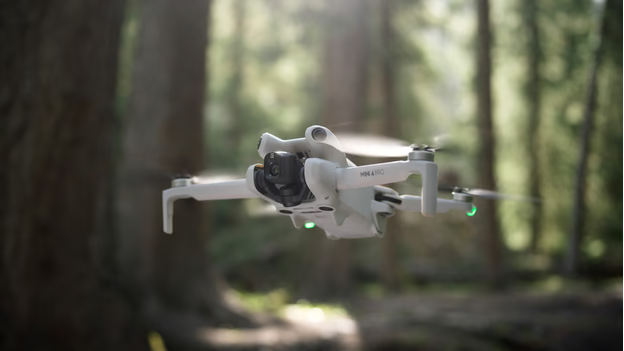
Battery Life and Its Impact on Range
A fundamental aspect influencing the question of “Drone can fly how far?” is the battery life of the drone. Essentially, the duration for which a drone can remain airborne on a single charge dictates its potential range. This relationship between battery life and range is crucial for operators to understand, as it directly affects the operational capabilities and the types of missions a drone can undertake.
The capacity of a drone’s battery is measured in milliampere-hours (mAh), indicating the amount of power it can store. Larger, more advanced drones typically come equipped with higher capacity batteries, enabling longer flight times and, consequently, the ability to cover greater distances. Conversely, smaller drones with smaller batteries may offer the convenience of portability but at the cost of reduced flight time and range.
The impact of battery life on a drone’s range is not linear and is influenced by several factors including the drone’s weight, the efficiency of its motors, and how it is operated (e.g., constant high-speed flight drains the battery faster than steady cruising). Understanding these nuances helps pilots make informed decisions about their flights, ensuring they can return their drones safely before the battery runs out.
Additionally, advancements in battery technology and power management software continue to improve drone endurance and efficiency, gradually increasing the distances drones can cover. Operators looking to maximize their drone’s range should consider not only the raw capacity of the battery but also these technological enhancements.

Signal Strength and Connectivity
When considering the query “Drone can fly how far?” one cannot overlook the critical aspects of signal strength and connectivity. These factors play a pivotal role in defining the operational range of a drone, directly influencing how far it can travel from the controller without losing communication. Essentially, the stronger and more reliable the signal, the greater the distance a drone can safely cover.
Signal strength between the drone and its controller, or the drone and GPS satellites, is influenced by the technology employed. Most consumer drones utilize Wi-Fi, radiofrequency (RF), or a combination of GPS and RF for their communication. Wi-Fi-connected drones typically have shorter ranges, as Wi-Fi signals can be easily obstructed by physical barriers and are susceptible to interference from other devices. In contrast, drones that use RF signals, especially those with dedicated controllers, often boast longer ranges. GPS connectivity enhances a drone’s navigational capabilities, allowing for more precise and stable long-distance flights.
The environment plays a significant role in signal transmission. Urban areas crowded with buildings and electronic devices can interfere with signals, reducing range. Conversely, open and less congested spaces allow for clearer signal paths, enabling drones to reach their maximum range potential.
Understanding the limitations and capabilities of your drone’s signal strength and connectivity is crucial for planning flights, especially those intended to cover long distances. It ensures not only the safety of the drone but also the security of the data being transmitted.
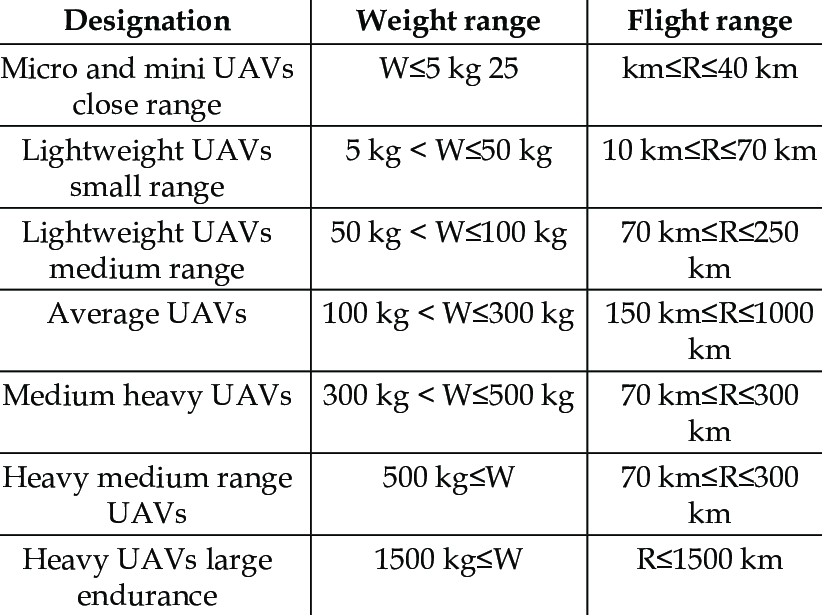
Aerodynamics and Weight
A critical factor often overlooked when pondering the question, “Drone can fly how far?” is the influence of aerodynamics and weight on a drone’s operational range. The efficiency with which a drone moves through the air and its overall mass are pivotal in determining how far and how efficiently it can fly. A well-designed drone that balances these two factors can significantly enhance flight performance and extend the distance it can cover on a single battery charge.
Aerodynamics plays a key role in minimizing air resistance during flight. Drones with streamlined shapes and rotor placements optimized for airflow encounter less drag, which means they require less energy to maintain flight. This efficiency in movement allows the drone to use its battery power more effectively, contributing to longer flight times and, by extension, greater ranges.
Weight is equally important. Generally, the heavier the drone, the more power it needs to stay airborne, which can quickly deplete the battery. Manufacturers strive to find the perfect balance between durability and lightness, often utilizing materials like carbon fiber or lightweight plastics to construct the drone’s body and components. The goal is to ensure the drone is not only light enough to maximize range but also sturdy enough to withstand the rigors of flight.
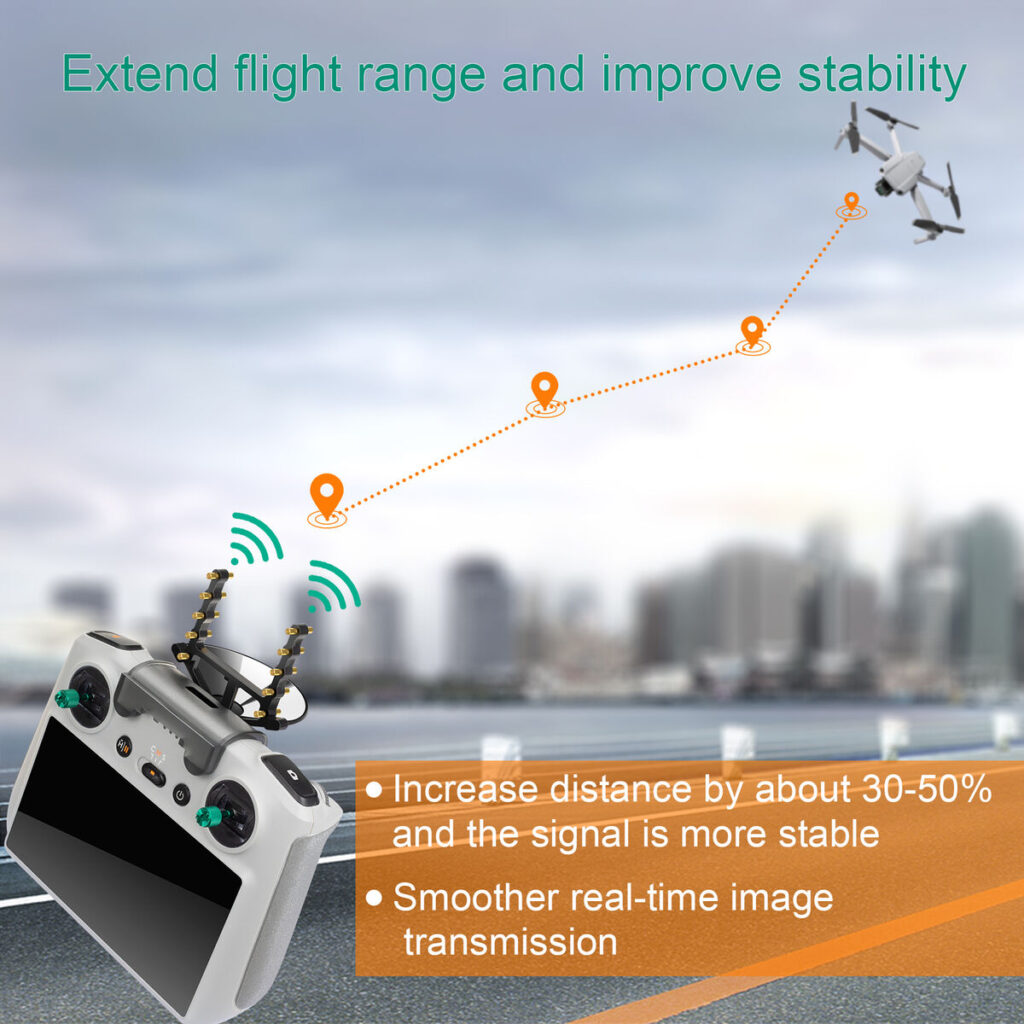
Weather Conditions and Environmental Impact
Exploring the dynamics of “Drone can fly how far?” necessitates a deep dive into the effects of weather conditions and environmental factors on drone performance. Weather elements such as wind, rain, temperature, and humidity can profoundly impact a drone’s ability to cover distances, affecting both its battery life and signal strength.
Wind is perhaps the most significant environmental factor, as strong gusts can force drones to use additional power to maintain stability and course, thus draining the battery more quickly. Pilots must account for wind conditions when planning flights, especially if the mission requires pushing the drone to its range limits.
Temperature also plays a crucial role. Extremely cold conditions can reduce battery efficiency, leading to shorter flight times and reduced range. Conversely, very high temperatures can cause overheating issues, potentially affecting the drone’s electronics and battery performance.
Humidity and precipitation are other critical considerations. High humidity levels can affect the density of the air, impacting lift and flight efficiency. Rain and snow not only pose risks of water damage to the drone’s electronic components but also add weight and resistance, further limiting range capabilities.
Understanding these environmental impacts is vital for safe and efficient drone operation. Pilots should always consider current and forecasted weather conditions before flights to maximize their drone’s performance and range capabilities.

Legal Restrictions and Safety Considerations
When discussing “Drone can fly how far?” it’s imperative to consider the legal restrictions and safety considerations that come into play. These regulations are designed to ensure the safe operation of drones within shared airspace, protecting both the operators and the public. Understanding these legal boundaries is crucial for any drone pilot, as they can significantly influence the operational range of a drone.
Most countries have specific guidelines that limit the maximum altitude and distance from the operator a drone can legally fly. For instance, many places require drones to remain within the operator’s line of sight, effectively capping the distance they can cover. Additionally, regulations may restrict drone flights near airports, military bases, and crowded public spaces to prevent potential interference with manned aircraft and ensure public safety.
Privacy concerns also play a role in defining where and how far drones can fly. Flying over private property without consent can infringe on individuals’ privacy rights, leading to legal repercussions for drone operators.
Before embarking on any drone flight, pilots should familiarize themselves with the local regulations governing drone use. This includes obtaining any necessary permits or certifications required for operation, especially for commercial use.

Top Drones by Range: A Comparative Overview
In the quest to understand “Drone can fly how far?”, comparing the top drones by their range capabilities offers valuable insights into the advancements and limitations of current drone technology. This overview highlights several leading drones known for their impressive range, showcasing how far technology has allowed these unmanned aerial vehicles to venture from their operators.
- DJI Mavic Air 2
- Range: Up to 10 km (6.2 miles)
- Key Features: This drone boasts a substantial range, enhanced by its robust battery life and advanced transmission technology. Ideal for both hobbyists and professionals, it offers an excellent balance of range, image quality, and portability.
- Autel Robotics EVO II
- Range: Up to 9 km (5.6 miles)
- Key Features: Known for its 8K video capability, the EVO II also impresses with its range. It’s a strong contender for photographers and videographers needing wide operational spaces.
- DJI Phantom 4 Pro V2.0
- Range: Up to 8 km (5 miles)
- Key Features: With professional-grade camera capabilities and obstacle sensing, this drone is a favorite among serious aerial photographers and filmmakers who require a reliable long-range drone.
- Parrot Anafi
- Range: Up to 4 km (2.5 miles)
- Key Features: The Parrot Anafi stands out for its zoom capabilities and silent flight. While its range is shorter than some competitors, it offers unique features for precise and discreet operations.
- DJI Mini 2
- Range: Up to 10 km (6.2 miles)
- Key Features: Remarkable for its compact size, the Mini 2 provides an extensive range, making it an excellent choice for adventurers and travelers who need a lightweight drone without sacrificing range.
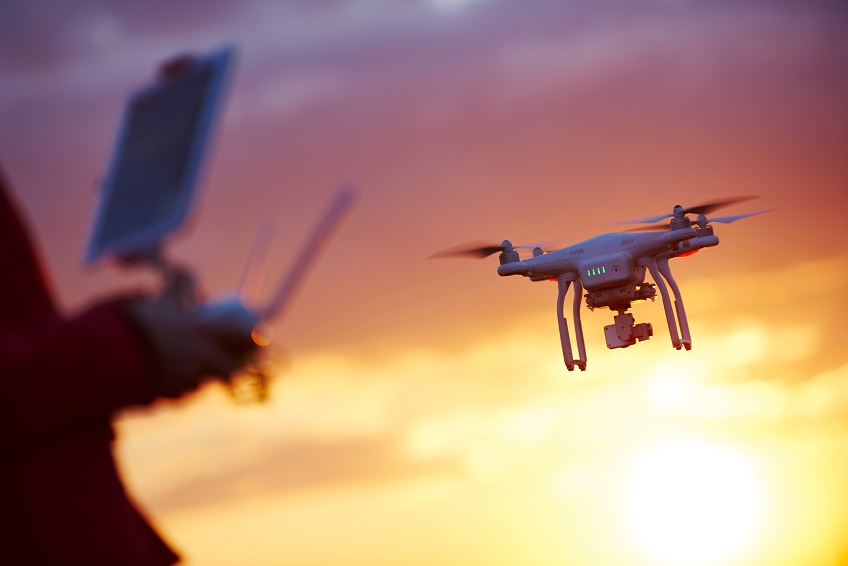
Maximizing Your Drone’s Range: Tips and Tricks
For drone enthusiasts keen on exploring the limits of how far their UAVs can travel, understanding how to maximize your drone’s range is essential. Enhancing the distance your drone can fly not only broadens the scope of your aerial photography or videography but also adds an exhilarating sense of adventure to your flights. Here are practical tips and tricks to extend the operational range of your drone, ensuring you make the most out of every flight session.
- Optimize Battery Health
- Start with a fully charged battery and consider carrying spares for longer missions. Store your batteries properly and avoid exposing them to extreme temperatures to maintain their efficiency.
- Understand and Utilize Your Drone’s Range Capabilities
- Familiarize yourself with the maximum range specifications of your drone and test its limits in safe, open areas. This understanding will help you plan flights more effectively.
- Reduce Weight
- Remove any unnecessary accessories or payloads that might weigh down your drone. Lighter drones consume less battery power, allowing them to fly farther on a single charge.
- Plan Your Flight Path
- Use your drone’s GPS capabilities to plan an efficient flight path. Avoiding obstacles and high-wind areas can help conserve battery power for longer flights.
- Monitor Weather Conditions
- Fly on days with calm weather. Wind resistance can significantly reduce your drone’s range by forcing it to use more power to maintain stability and direction.
- Upgrade Antennas
- Consider upgrading the antennas on your drone’s controller for a stronger and more stable signal. High-quality, directional antennas can enhance communication range.
- Use Range Extenders
- Range extenders can amplify your controller’s signal, pushing the boundaries of how far your drone can fly without losing connection.
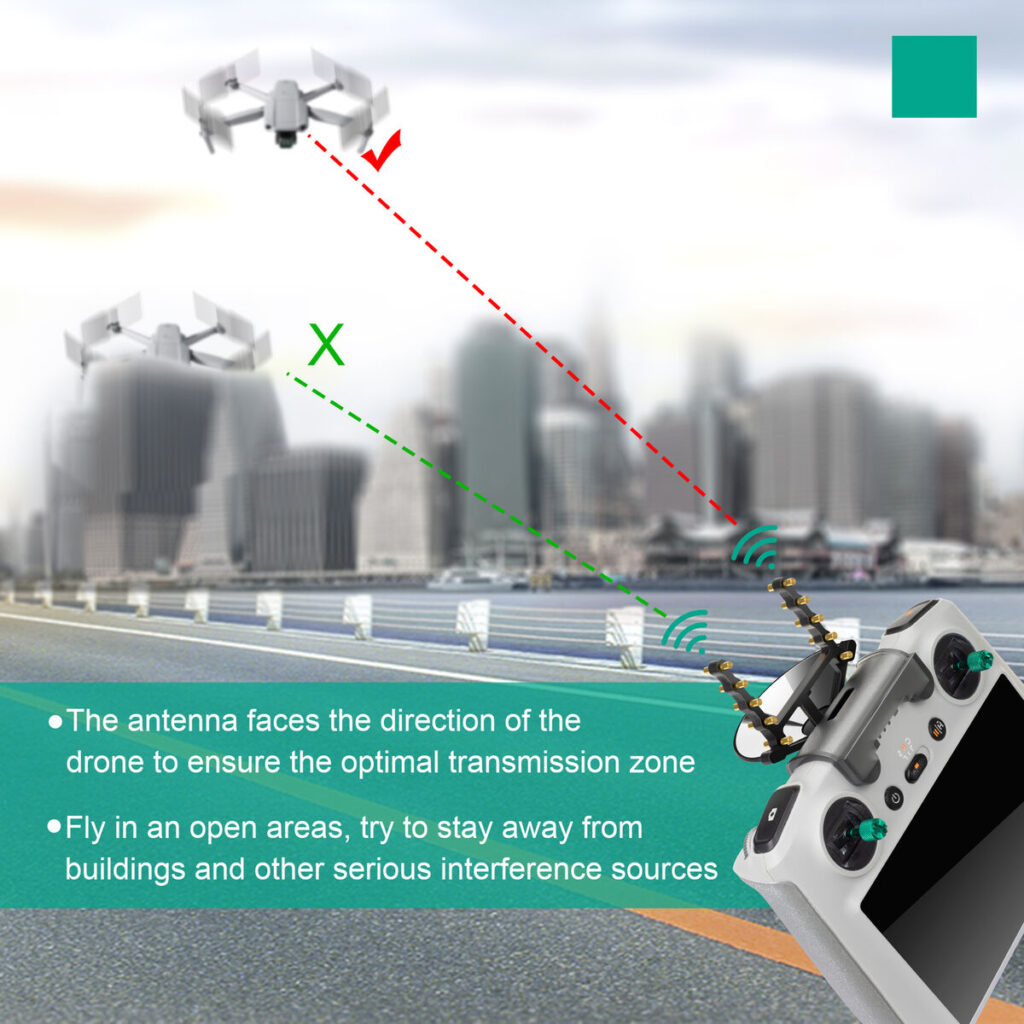
Conclusion
Exploring the vast skies with a drone brings an unparalleled sense of freedom and creativity, but the underlying question, “Drone can fly how far?” is pivotal for maximizing your experience. Understanding the interplay of factors like battery life, signal strength, aerodynamics, weather conditions, and legal limitations provides a comprehensive insight into a drone’s range capabilities. By considering these aspects, enthusiasts can not only choose a drone that best suits their needs but also implement strategies to extend their drone’s operational range.
Remember, the essence of drone flying is not just about pushing boundaries but also about embracing the joy and discovery that comes with each flight. Whether you’re a hobbyist capturing stunning landscapes or a professional surveying vast terrains, the knowledge of maximizing your drone’s range ensures you can explore further and with greater confidence.
For drone pilots looking to push the limits, integrating the tips and tricks discussed can significantly enhance your flying experience, making every journey a step into uncharted skies. Always prioritize safety and adhere to regulations, ensuring that your adventures not only broaden your horizons but also protect the integrity of the airspace shared by all.
FAQs
Q1: How far can a drone fly on a single charge?
- A: The range a drone can fly on a single charge varies significantly between models. Consumer drones typically offer a range of 0.5 to 8 miles (0.8 to 12.8 kilometers), depending on factors like battery life, aerodynamics, and operational conditions. High-end models with optimized design and battery capacity can reach the upper end of this spectrum.
Q2: What affects a drone’s maximum range?
- A: Several factors impact how far a drone can fly, including battery life, signal strength and connectivity, drone weight and aerodynamics, as well as environmental conditions such as wind, temperature, and humidity. Legal restrictions also play a crucial role in determining the practical operational range of a drone.
Q3: Can weather conditions affect drone range?
- A: Yes, weather conditions significantly impact drone performance and range. Wind can cause drones to consume more power to maintain stability and course, while extreme temperatures can affect battery efficiency. It’s best to fly in calm and mild weather to maximize range.
Q4: How can I extend my drone’s flight range?
- A: To extend your drone’s flight range, ensure your batteries are fully charged and in good condition, reduce the drone’s weight by removing unnecessary accessories, plan your flight path to avoid obstacles and high-wind areas, and consider using range extenders or upgraded antennas for a stronger signal. Always monitor weather conditions before flying.
Q5: Are there legal restrictions on how far I can fly my drone?
- A: Yes, most countries have specific regulations that limit drone flight range to ensure safety and privacy. Common rules include keeping the drone within visual line of sight (VLOS) and away from restricted areas like airports and government facilities. Always check and comply with local drone regulations.
- Drone Manufacturers’ Official Websites: For the most accurate information on specific drone models, features, and capabilities.
- DJI (https://www.dji.com/)
- Autel Robotics (https://www.autelrobotics.com/)
- Parrot (https://www.parrot.com/)
- Aviation Authorities: For the latest regulations, safety guidelines, and legal considerations regarding drone flights in different regions.
- Federal Aviation Administration (FAA) (https://www.faa.gov/uas/)
- European Union Aviation Safety Agency (EASA) (https://www.easa.europa.eu/)
- Civil Aviation Safety Authority (CASA) (https://www.casa.gov.au/drones)
- Tech Review Websites: For comparisons, reviews, and expert opinions on different drone models and their capabilities.
- TechRadar (https://www.techradar.com/)
- CNET (https://www.cnet.com/)
- The Verge (https://www.theverge.com/)
- Scientific Journals and Research Papers: For in-depth studies on aerodynamics, battery efficiency, and the impact of environmental conditions on drone performance.
- IEEE Xplore Digital Library (https://ieeexplore.ieee.org/)
- ScienceDirect (https://www.sciencedirect.com/)
- Drone Enthusiast Forums and Communities: For real-world experiences, tips, and advice from drone pilots.
- Reddit – r/drones (https://www.reddit.com/r/drones/)
- UAV Coach Community Forum (https://community.uavcoach.com/)
- Weather Information Websites: For understanding how different weather conditions can affect drone flight.
- National Weather Service (https://www.weather.gov/)
- AccuWeather (https://www.accuweather.com/)
- Technical Guides and How-To Websites: For DIY tips on enhancing drone range and performance.
- Instructables (https://www.instructables.com/)
- Make: (https://makezine.com/)

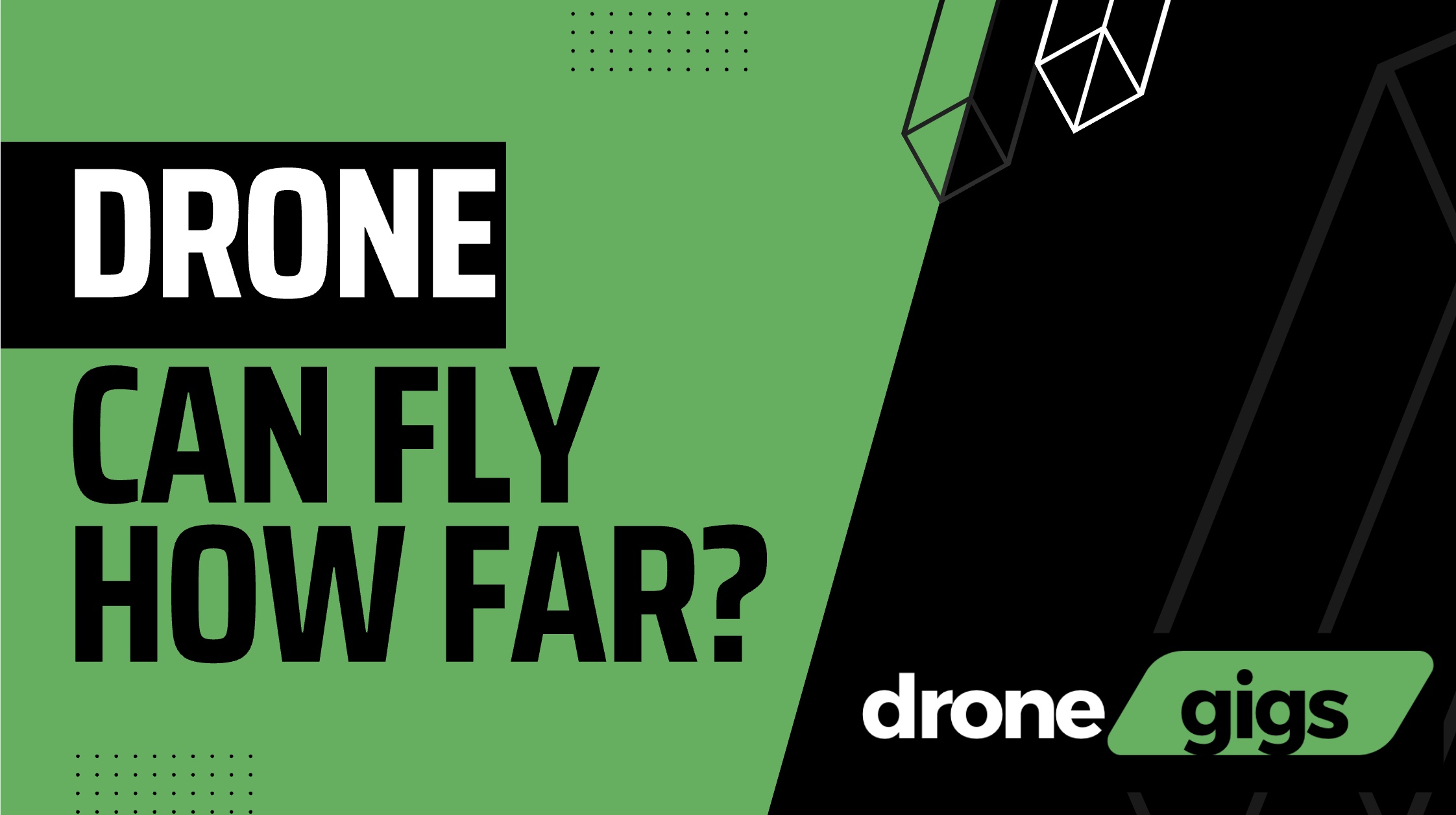
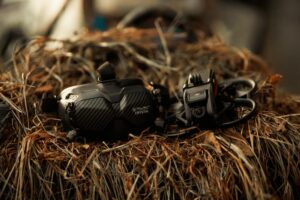


Pingback: Drone Can Follow You: The Ultimate Guide to Top Autonomous Drones in 2024 - Drone Gigs
Pingback: The Shocking Truth: How One Drone Accident Almost Shut Down a Major UK Airport — Are We on the Verge of a Catastrophe? - Drone Gigs